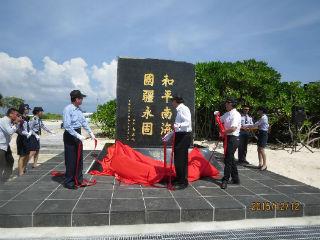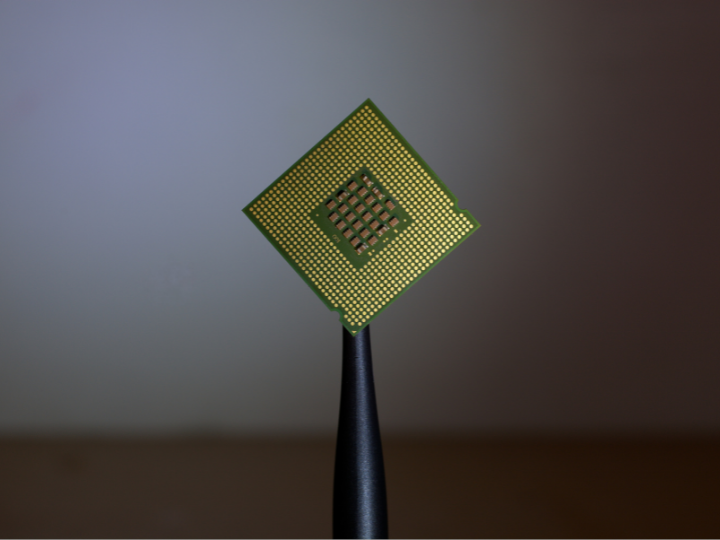On December 12 Minister of the Interior Chen Wei-zen and Minister of the Coast Guard Administration Wang Chung-yi flew to Taiping Island in the Nansha (Spratly) Islands to preside over a ceremony marking the completion of the Taiping Island Transportation Infrastructure Project, which involved the renovation of the island’s wharf and lighthouse.

In particular, the development of the ongoing Philippine arbitration has made the situation the focus of great international concern
The Republic of China (ROC, Taiwan) hopes, through this infrastructure project, to make Taiping Island a peaceful and low-carbon island, as well as an ecological reserve, as a way of further implementing the South China Sea Peace Initiative and showing the international community the ROC’s resolve to be a peacemaker in the South China Sea by shelving disputes and jointly developing resources, to transform it into a “Sea of Peace and Cooperation.”
In recent years, tensions have been high in the South China Sea. Parties concerned have claimed sovereignty and maritime rights over islands and reefs in the region in a variety of ways.
In particular, the development of the ongoing Philippine arbitration has made the situation the focus of great international concern.
With regard to disputes in the South China Sea, the Executive Yuan and Ministry of Foreign Affairs have released numerous statements declaring that, whether from the perspective of history, geography, or international law, the Nansha (Spratly) Islands, Shisha (Paracel) Islands, Chungsha Islands (Macclesfield Bank), and Tungsha (Pratas) Islands, as well as their surrounding waters, are an inherent part of ROC territory and waters, and that the ROC enjoys all rights over these islands and their surrounding waters in accordance with international law.
To create a mechanism for the peaceful settlement of disputes, President Ma Ying-jeou proposed the South China Sea Peace Initiative on May 26 this year.
This initiative reiterates the ROC government’s longstanding principles of safeguarding sovereignty, shelving disputes, pursuing peace and reciprocity, and promoting joint development.
In addition, based on respect for all relevant international laws and regulations, including the United Nations Charter and UN Convention on the Law of the Sea (UNCLOS), it expresses the ROC’s willingness to work with other parties concerned, through consultations conducted on a basis of equality and reciprocity, to jointly ensure peace and stability in the South China Sea, uphold the freedom of navigation and overflight, and conserve and develop resources in the region.
Taiping Island is the largest of the naturally formed Nansha Islands, with an abundance of natural resources and groundwater wells.
Natural vegetation flourishes on the island, providing coconuts, papayas, and plantains. For years, personnel stationed on the island have made use of its various resources, growing fruits and vegetables, and raising poultry and livestock to meet their daily needs.
From legal, economic, and geographic perspectives, Taiping Island indisputably qualifies as an “island” according to the specifications of Article 121 of the UN Convention on the Law of the Sea, and can sustain human habitation and economic life of its own. It is thus categorically not a “rock.”
The ROC government will firmly defend this fact, and maintains that none of the Philippines’ arguments in its ongoing arbitration, nor any other claims which aim to deny it, will impair the status of Taiping Island and its maritime rights based on UNCLOS.
The ROC’s aims in renovating this lighthouse are also peaceful. The South China Sea is a crucial thoroughfare for ships passing between Asia, Europe, and Africa, but replete with shoals and submerged rocks.
The lighthouse on Taiping Island will help the ROC fulfill its international responsibilities by allowing the safe passage of ships through the surrounding waters, preventing shipwrecks, loss of life, and marine pollution, and contributing to the safe seaborne transport of goods and the provision of humanitarian aid.




 By: N. Peter Kramer
By: N. Peter Kramer
